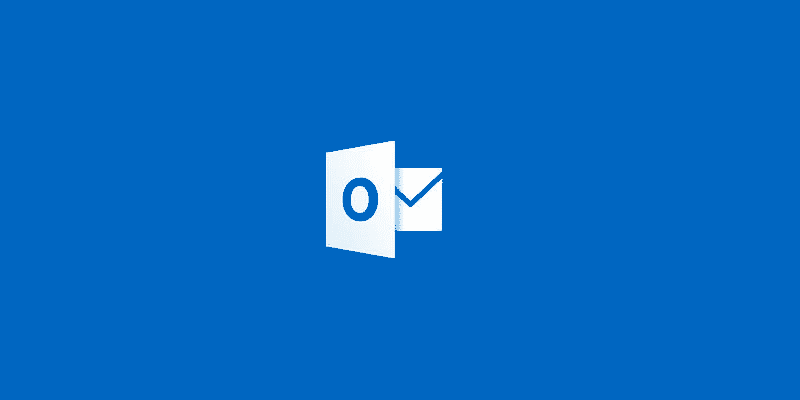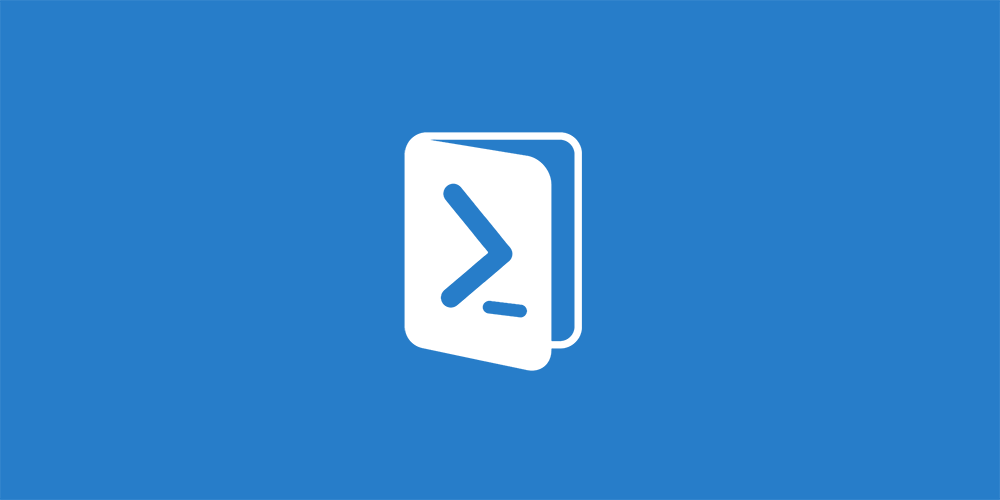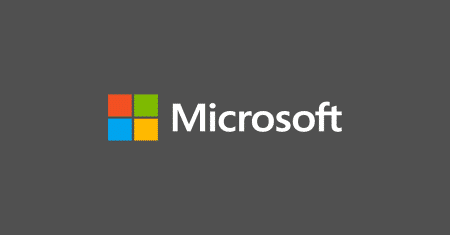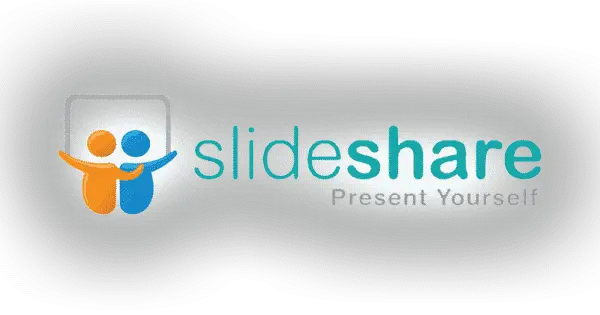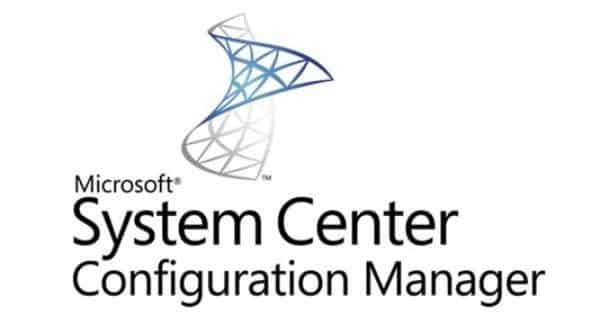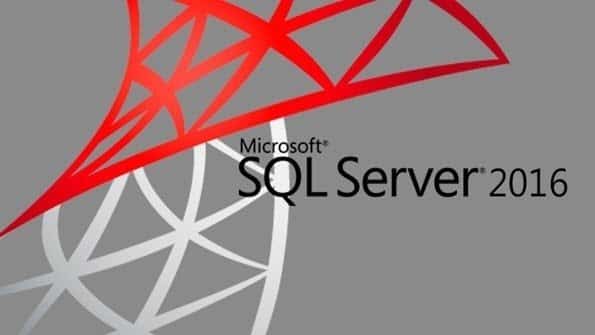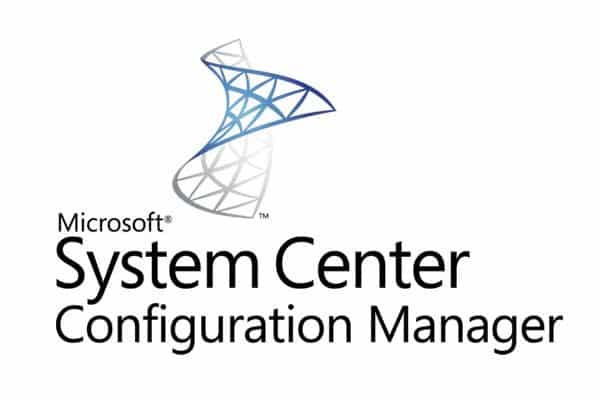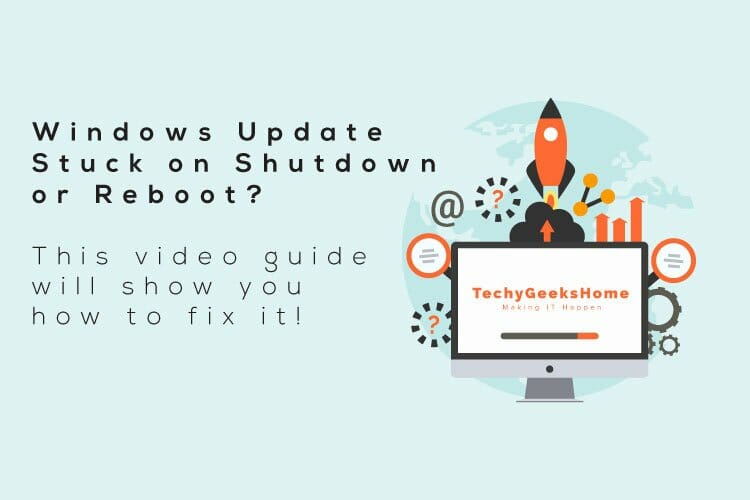Controlling Autodiscovery for Outlook using Group Policy
We have recently been working on a Microsoft Office 365 email migration from on-premise to cloud based Exchange. One of the challenges that we faced was making the migration process as painless as possible for the end user. However, with thousands of end users having Microsoft Outlook 2010 installed and already configured to work with […]
